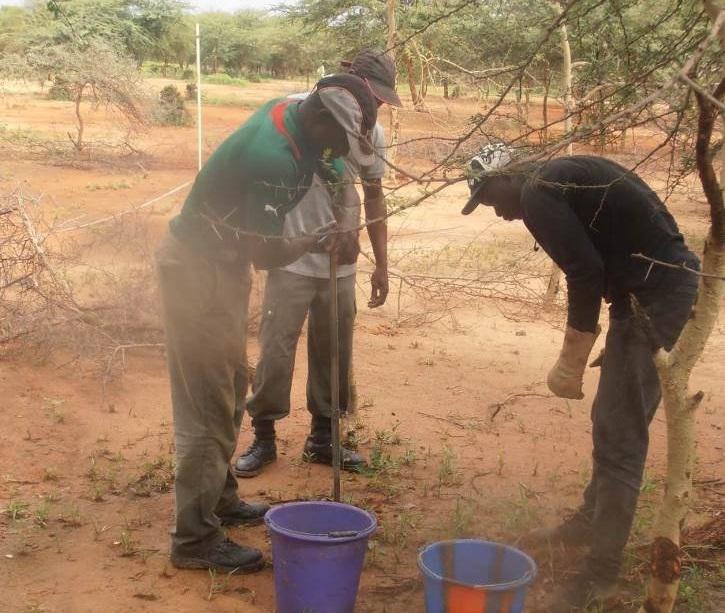François Wenemi Kagambega
Other projects
16 Jan 2018
Rebuilding Resilience in the “Zippelés” Landscapes in Northern Burkina Faso for Biodiversity Conservation and Rural Development
2 Feb 2021
Development and Implementation of Awareness Tools for the Conservation of Zanthoxylum zanthoxyloides, a Threatened Medicinal and Economic Plant in Burkina Faso
The project aims to promote local initiatives in the restoration of marginalized and abandoned lands to close-to-natural savannah environments as a strategy for biodiversity conservation by using our own experiences from ecological restoration research to develop educative materials and tools based on scientific expertise, but customized to serve local communities.

Land degradation is a major issue in the West African Sahel for both human livelihoods and the conservation of biological diversity. Inappropriate land use and climatic factors have led to declines in species richness and vegetation cover of Sahelian savannah, often resulting in encrusted and sealed bare land, called “zippelé” in Burkina Faso. In northern Burkina Faso, more than 40% of the land surface is covered by “zippelé” and they are further expanding. Conversion of these degraded lands into close-to-natural savannah rich in key species for ecosystem function and services is assessed as a strategy for biodiversity conservation and to increase the productivity of lands. This proposal comes in this context.
Our general objective is to use our own experiences from ecological restoration research to both promote local initiatives in the restoration of marginalized/abandoned lands and make these actions work effectively to enhance the livelihoods of communities. Specifically the project aims to lead local communities to better restore vegetation and related ecosystem services in the “zippelé”, and to develop educative materials and tools based on scientific expertise, but customized to raise awareness and build capacities in local communities.
The current project will be implemented in two villages close to Ouahigouya and Kaya (Northern of Burkina Faso). A factorial experimental plot on an area of 0.25 ha will be implemented on encrusted and bare land of each study site. Different techniques of restoration will be applied according to local preferences and the efficiency known from scientific results. A selection of indigenous trees of high economic importance will be planted in the restoration sites in combination with the chosen restoration techniques. Thereby, natural regeneration will be given a ‘quick-start’ and people will be motivated to well protect the sites. Since long-time analyses of restoration will not be possible within the planned project period, we will also include older restoration sites (both successful ones and less successful ones in order to analyse patterns of success).
This project will help to significantly increase cover and diversity of plants in our restoration areas and improve awareness and knowledge of restoration techniques in the local population. In addition, ecosystem services related to plant species will increase as we expect to regulate services like erosion control and maintenance of soil quality, water and nutrient flows to improve, but also provisioning services like wild fruits and leaf vegetables, fodder for livestock and medicine.